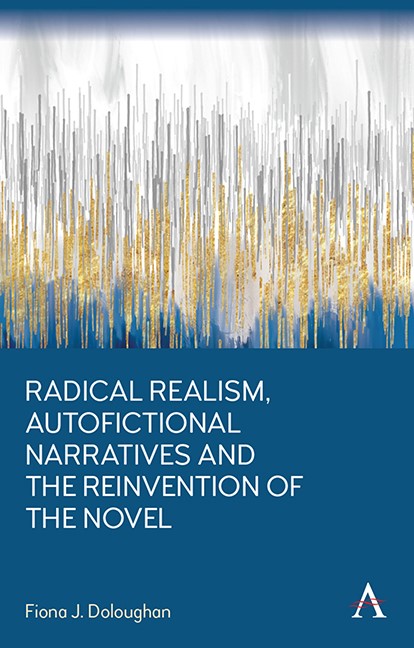Book contents
- Frontmatter
- Contents
- Dedication
- Preface
- Acknowledgements
- 1 Introduction
- 2 Theoretical and Critical Concerns: Key Terms and Arguments
- 3 The Anatomy of a Writer: Karl Ove Knausgaard’s My Struggle
- 4 Companion Pieces: Jeanette Winterson’s Why Be Happy When You Could Be Normal? in Relation to Oranges Are Not the Only Fruit
- 5 A Cross-Cultural Memoir: Xiaolu Guo’s Once Upon a Time in the East
- 6 Rachel Cusk’s Search for New Forms: Self-Projection and Refraction in Fiction and Non-Fiction
- 7 Conclusion
- References
- Index
Preface
Published online by Cambridge University Press: 15 November 2023
- Frontmatter
- Contents
- Dedication
- Preface
- Acknowledgements
- 1 Introduction
- 2 Theoretical and Critical Concerns: Key Terms and Arguments
- 3 The Anatomy of a Writer: Karl Ove Knausgaard’s My Struggle
- 4 Companion Pieces: Jeanette Winterson’s Why Be Happy When You Could Be Normal? in Relation to Oranges Are Not the Only Fruit
- 5 A Cross-Cultural Memoir: Xiaolu Guo’s Once Upon a Time in the East
- 6 Rachel Cusk’s Search for New Forms: Self-Projection and Refraction in Fiction and Non-Fiction
- 7 Conclusion
- References
- Index
Summary
The origins of this book are hybrid in that they reside both in my professional and personal history. As an academic of some thirty years standing, my interest in the development of the novel form has not waned, even if it has taken shape in different contexts. From a PhD thesis in 1989 on conceptions of realism in the nineteenth- and early twentieth-century French and English novels via two monographs on aspects of contemporary narrative in 2011 and 2016, it seems in some ways that I have come full circle in rethinking relationships between and among social context, writerly aims at a particular historical juncture, and readerly and critical responses to a body of literature selected as much for the questions posed and reactions elicited as for the tentative answers given. Yet there are notable differences between then (1989) and now (2022), not least my current focus on very recent literature and on emerging trends, rather than on an established set of canonical works and their critical contexts.
There are both positive and negative aspects to this change of emphasis: firstly, my background in Comparative Literature and prior engagement with literature in France and England from 1840–1940 means that I am not coming to late twentieth- and early twenty-first-century literature as a novice but with some knowledge of preceding texts and contexts; it has also permitted some critical reading in French as well as English. Arguably, the downside is that in focussing on recent contexts and trends, there is a risk that what is emergent and exciting in the present moment is already old news by the time my monograph reaches its audience and/or that writerly and readerly concerns have moved on. Yet, as I hope will become apparent, some of the key notions and terms in the book would seem, if anything, to be generating increasing interest. Indeed, in the time it has taken to write this book, there have been a number of publications focussed on autofiction and the autofictional, most recently an edited volume by Alexandra Effe and Hannie Lawlor entitled The Autofictional: Approaches, Affordances, Forms (2022) published by Palgrave Macmillan.
- Type
- Chapter
- Information
- Publisher: Anthem PressPrint publication year: 2023

